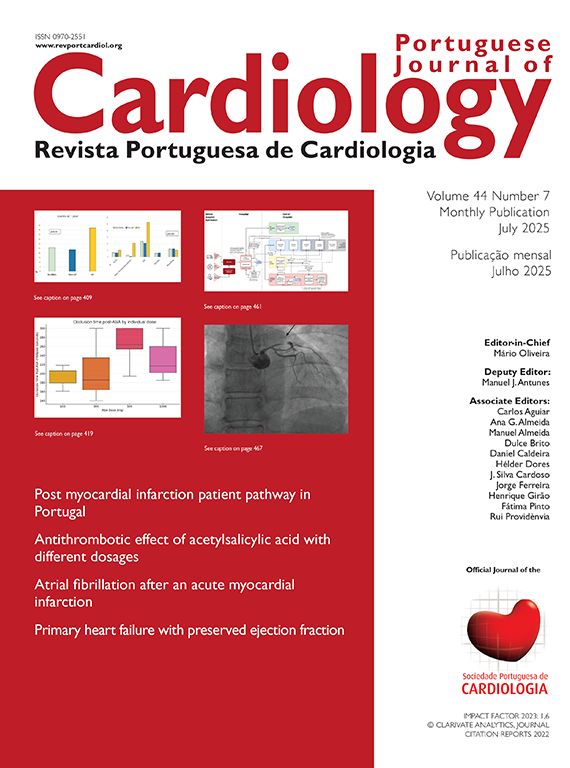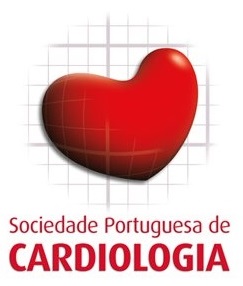The Portuguese Electrophysiology (EP) Registry has been running uninterrupted since 1994, and the data are presented at the annual national meeting of the Portuguese Association of Pacing and Electrophysiology (APAPE). The first publication dates from 20031; it is one of the oldest EP registries in the world. The authors of the current paper2 deserve praise. Collecting and interpreting the results requires a lot of effort.
One of the most striking features of the Portuguese EP Registry is its general institutional participation. Typically, all centers performing electrophysiological procedures – both public and private – are involved in submitting data. This high level of participation ensures that the registry is a comprehensive national snapshot of procedural volume and diversity.
The registry primarily concentrates on procedural data, specifically the types and number of electrophysiological studies and ablation procedures conducted at each center. This methodology aids in evaluating the evolution of electrophysiology in Portugal by monitoring changes in clinical practice and pinpointing areas of growth or concern. Over time, such data have highlighted the rising prevalence of complex ablation techniques and the regional distribution of care throughout the country.
The distribution of centers across the country can also be evaluated. While the number of centers has increased over the years, it remains evident that resources are predominantly concentrated around Lisbon and Porto. Consequently, certain areas still lack coverage, which is likely to lead to significant challenges in referring patients from these regions. This issue arises partly from the absence of a national referral network and partly from a lack of awareness among general practitioners regarding the possibility of referring patients for ablation.
Regarding the description of the human resources in this field, the reliability of the reported figures should be questioned. Given the health system's organization, which includes private and public centers, there is a significant likelihood of double-counting among electrophysiologists and allied health professionals who may work across multiple hospitals. This is an area that requires improvement in future registries. We need accurate data on this matter, especially if we consider it crucial for upcoming negotiations with health authorities. The reported figures point to an inflated workforce that does not accurately reflect reality. This overestimation could influence policy decisions, resource allocation, and strategic planning.
In the 2021 and 2022 registry, there are several other aspects that should be taken into consideration. It is important to note that in the year when everything stopped due to the COVID-19 pandemic, the number of EP procedures declined by 15%. This decrease is evident in the graph depicting total ablation numbers. However, it is encouraging to observe that the figures recovered in 2021 and 2022 despite some lingering effects of the pandemic. The slope of the graph reveals a consistent annual growth rate of approximately 10%, as has been observed in previous years.
The number of atrial fibrillation (AF) ablations continues to increase, a trend that is expected to persist in the coming years, especially with the advent of pulsed field ablation, which allows for the effective treatment of more patients, including those with more complex cases. It is anticipated that single-shot ablation techniques will soon outnumber point-by-point ablation methods for AF. AF is a driving force behind the observed growth in ablation procedures; it is the only type of arrhythmia for which the numbers keep rising. In contrast, the ablation procedures for other arrhythmias, except for atrial flutter, have plateaued over the years or are experiencing only gradual growth.
The number of ventricular tachycardia (VT) ablations remains low, particularly in the context of structural heart disease. This situation presents an apparent paradox when considering the number of defibrillators implanted yearly. Although rigorous data are lacking – there is no dedicated registry – many patients experiencing shocks and even arrhythmic storms are not being referred for VT ablation, which adversely affects their morbidity and mortality. There is an urgent need for a national referral network for VT ablation that defines the centers capable of addressing the needs of these patients. Likely candidates for such a network are centers that perform a high volume of ablations annually, possess experience in both endocardial and epicardial VT ablation, and have a structured program for managing advanced cardiac failure and shock, including the availability of ventricular circulatory assist techniques.
Additionally, other types of ablations, although performed in smaller numbers, appear to be increasing over time, notably cardioneuroablation and ablation in patients with Brugada syndrome. Regarding cardioneuroablation, it is essential to determine its true value in patients with vasovagal syncope, as only a few small, randomized trials currently exist. Establishing the ideal technique is also crucial, including identifying the chambers of interest (whether to target only the right atrium, left atrium, or both) and the necessity of using a vagal neuro-stimulator in all cases.
Regarding Brugada syndrome, the number of patients treated annually is anticipated to be quite low. After an initial phase where all suitable candidates are treated, the influx of new patients each year will likely be minimal.
While the registry demonstrates significant strengths, several areas require clarification in the coming years. A crucial step in enhancing the quality of our data is to establish a clear definition for counting procedures, particularly in cases where multiple lesion sets are addressed in a single session (for instance, atrial fibrillation ablation combined with typical flutter ablation). It is essential to determine whether such instances should be classified as one procedure or two. In the Swiss3 and US Afib ablation registries,4 a per-patient approach is adopted (counting one procedure per patient). This contrasts with the EHRA-ATLAS (not yet published), which employs a per-lesion approach (counting two procedures if performed on separate chambers). Therefore, establishing a precise definition is critical for our registry, as there is currently little clarity on how procedures are being counted across various centers.
Looking to the future, we face additional challenges coinciding with the increase in the number of centers and procedures; however, we are also presented with emerging tools that could streamline data collection processes. While the current data collection methods are not yet fully automated, the advent of AI-driven tools capable of extracting relevant data from electronic health records holds significant promise for automating the process, thereby allowing operators and allied health professionals to devote their efforts to more critical tasks.
Conflicts of interestThe author has no conflicts of interest to declare.





